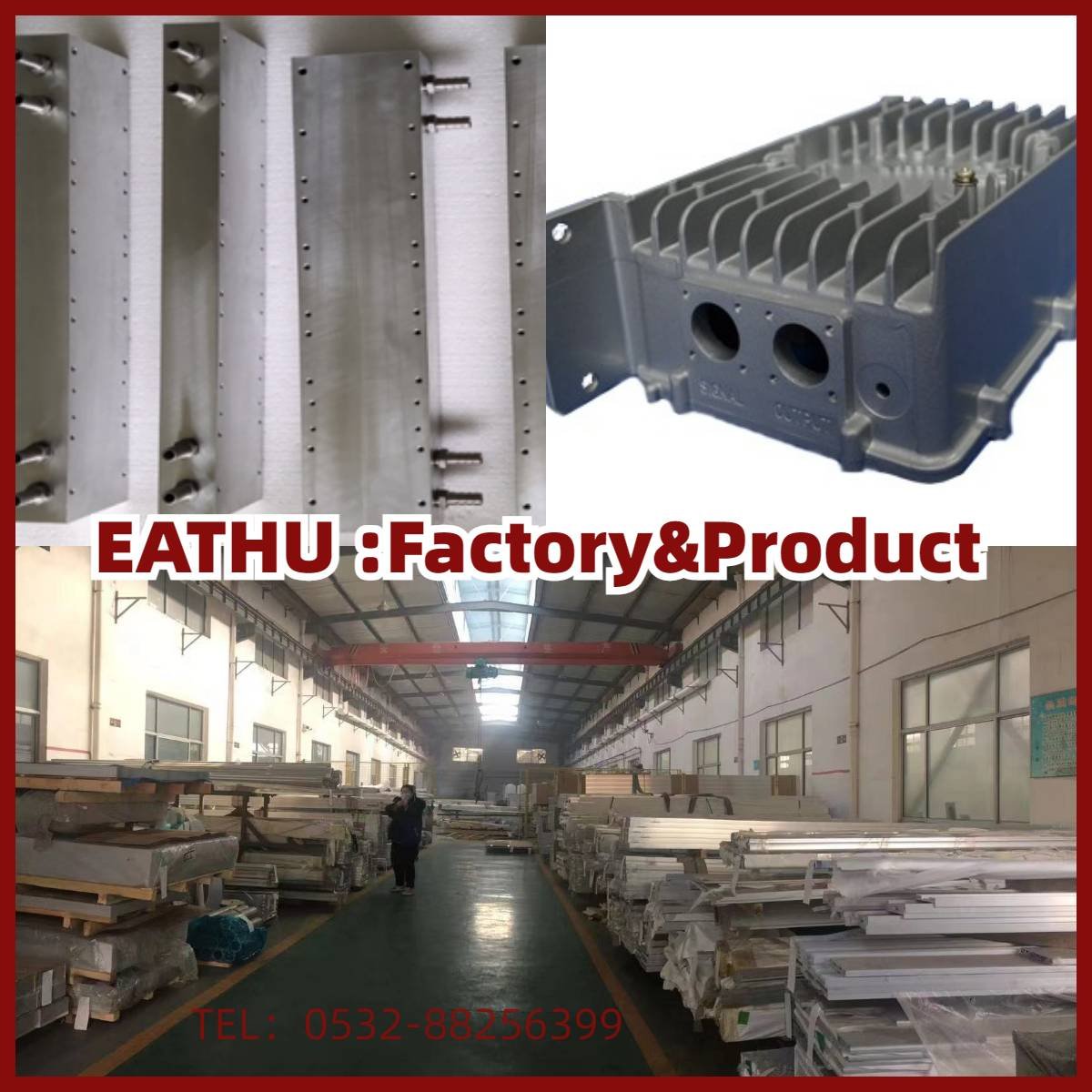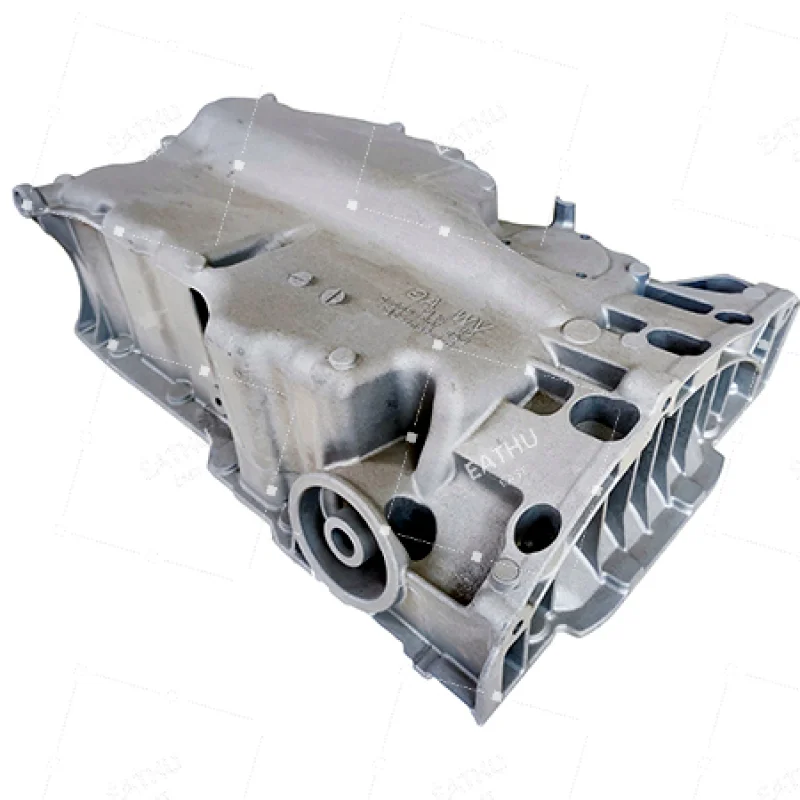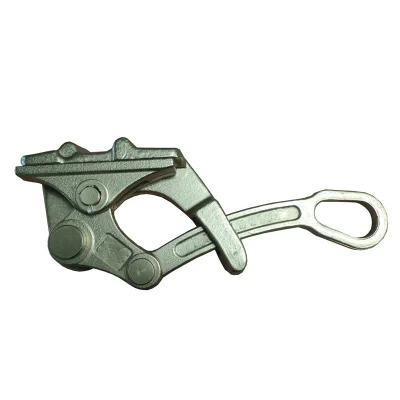Auto Parts
Customized Aluminum Cast Auto Oil Pan / Sump
Application:
The oil pan is a standard automobile part that seals the bottom of four-stroke internal combustion engines in cars and similar vehicles. It is known as an oil sump outside of the United States. The primary function of the oil pan is to create the lowest point of the crankcase and gather the oil before and after it flows through the engine. When the oil pan is removed, the following components are typically revealed: the crankshaft, the oil absorbent device, and the bottom part of the dipstick. Some oil sumps may also have one or more magnets installed to capture small metal fragments before they obstruct the oil filter or cause damage to the engine.
Specification:
| Product | Customized Aluminum Cast Auto Oil Pan / Sump |
| Process | high-pressure die-casting Sand casting aluminum castings Low pressure casting of aluminum castings High pressure die casting aluminum castings Metal mold casting aluminum castings Gravity casting aluminum castings |
| Application | Automotive industry |
| Material | Aluminum Alloy / Customized |
| Tolerance | Casting CT12 / Forging CT9 / Stamping CT5 / Machining ± 0.01mm |
| Remarks | Customize according to the samples or drawings or ODM |
| Package | Wooden case /A Carton / Bulk / Individually Packaged / Customized |
| Service | Freight consulting / Quality inspection / After-sales / Other value-added services. |
| Main Product |

Product Details
Product Description and Applications:
The oil pan is a standard automobile part that seals the bottom of four-stroke internal combustion engines in cars and similar vehicles. It is known as an oil sump outside of the United States. The primary function of the oil pan is to create the lowest point of the crankcase and gather the oil before and after it flows through the engine. When the oil pan is removed, the following components are typically revealed: the crankshaft, the oil absorbent device, and the bottom part of the dipstick. Some oil sumps may also have one or more magnets installed to capture small metal fragments before they obstruct the oil filter or cause damage to the engine.
An oil sump, commonly referred to as the oil pan outside of the United States, is a standard component of four-stroke internal combustion engines in cars and similar vehicles. Its essential role is to serve as the lowest point of the crankcase, collecting the oil before and after it has passed through the engine. Upon removal of the oil sump, the following components are typically exposed: the crankshaft, the oil absorber, and the base of the dipstick. Some oil pans may also be equipped with one or more magnets to catch small metal particles before they can clog the oil filter or harm the engine.
Certain high-performance vehicles, including race cars, may employ a dry sump system. This method stores oil in a separate reservoir that can be pumped in and out, rather than in the crankcase. Compared to a wet sump system, dry sump engines typically have a smaller oil sump because the oil is returned to the tank after lubrication.
Advantages of die casting:
Die casting can have significant advantages over other casting processes, which often lead to significant cost savings, not only in terms of part prices, but also in overall production costs. When casting parts, it is possible to create complex mesh shapes, including external threads and complex internal features with minimal draw angles, thereby minimizing secondary operations, such as reducing machining procedures.
Other advantages include: Thinner thickness requirements Tighter tolerance requirements Reduce the steps from raw materials to finished parts Fast production cycle Waste reduction Long die life, especially zinc and magnesium
Aluminum die casting can be made into a variety of complicated looks, high precision and smoothness, greatly reducing the production of castings and the forging capacity of metal aluminum or aluminum alloy, not only saving the driving force and metal composite materials, but also greatly saving labor costs. So what are the characteristics of aluminum alloy gravity casting? Below, we will simply understand the detailed introduction of the gravity casting characteristics of aluminum alloy.
Rerefined aluminum alloy raw materials: high relative density, good ductility, excellent wear resistance, can also carry out heat treatment process, after heat treatment process, improve the compressive strength of the product. The casting density of aluminum alloy gravity casting is good, it can also be called casting, casting temperature and cooling temperature are suitable, can reduce the air outlet and burr, crack, reduce the machine. Aluminum alloy gravity casting processing technology is less, the product cost is lower. Aluminum alloy gravity casting, safety and environmental protection. 
EATHU Metal Sand Casting, Casting, low pressure casting: A356/A319/A413/ZL101/ZL102/ZL104/ ZL107/LM6//LM/20/LM25/EN-AC-42100/EN AC-42200/EN AC-43000/ EN AC-43200/EN AC-43300/EN-AC- 43400/en ac-44200/en ac-44300/en -ac46000/en ac-46200 High pressure casting: A380/A390/A360/ADC10/ADC12/ENAC-43400/ENAC-44300/ENAC-44400/ENAC-46000/ENAC-46100/ENAC-46200/ ENAC-46500/ENAC-47100 CNC machining: 6061-T6/6063-T6 Business scope: aluminium alloy sand casting, gravity casting, aluminium alloy die casting, metal mould casting, CNC machining Certificates: ISO9001 Quality Management System, TS16949 certification. Standards: ASTM, DIN,JIS, EN, ISO, GB standards Precision machining: CNC lathe, grinding, bench drilling, belt sanding, cutting, drilling and tapping Surface treatment: polishing, shot blasting, heat treatment, painting, plastic spraying, oxidation, electrophoresis, mirror polishing, chrome plating Products: all aluminium alloy castings: including machinery parts, railway parts, medical parts, ship parts, lamps, mercury bodies, valve bodies, art parts, furniture parts, etc.
inquire now
If you have any questions or needs about the product, please fill in the following form and we will contact you as soon as possible.









